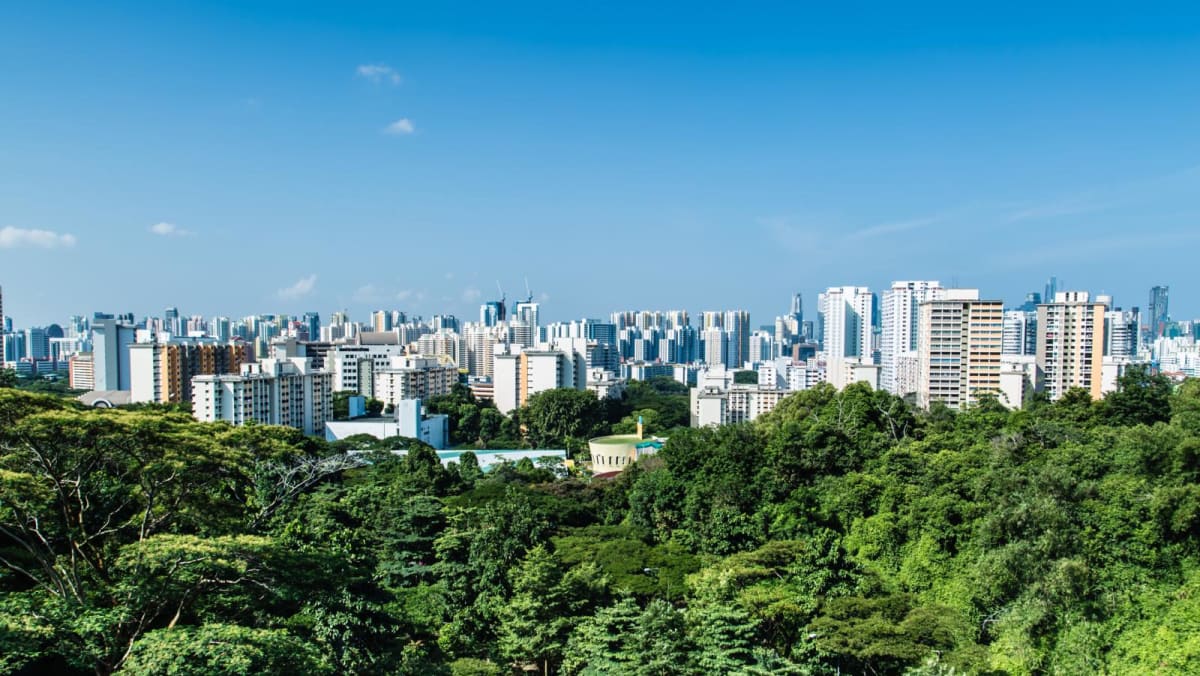
Public sector assets covered in the GreenGov.SG report include office buildings, healthcare facilities, schools, public utilities installations, public transport infrastructure and vehicles.
Officials looked at Scope 1 emissions, which are direct emissions from burning fossil fuels on site, and Scope 2 emissions, which are indirect emissions from using purchased electricity.
Apart from emissions, the data collected by the Ministry of Sustainability and the Environment (MSE) also captures electricity and water usage.
The public sector aims to cut 10 per cent from both its energy use and water consumption by 2030, from a baseline of average levels between 2018 and 2020.
But in FY2022, the energy utilisation index used to measure the target increased by 1.3 per cent. Overall electricity use hit about 5,600 gigawatt hours, rising 1.7 per cent.
The water efficiency index used to track that target was 0.8 per cent higher. Overall water use went up to 33 billion litres, up by 1.2 per cent .
MSE attributed the larger resource footprint to the reopening of the economy and new healthcare facilities.
Higher electricity use was also due to the expansion of the public transport network, while higher water use was associated with greater use of school sports facilities.
